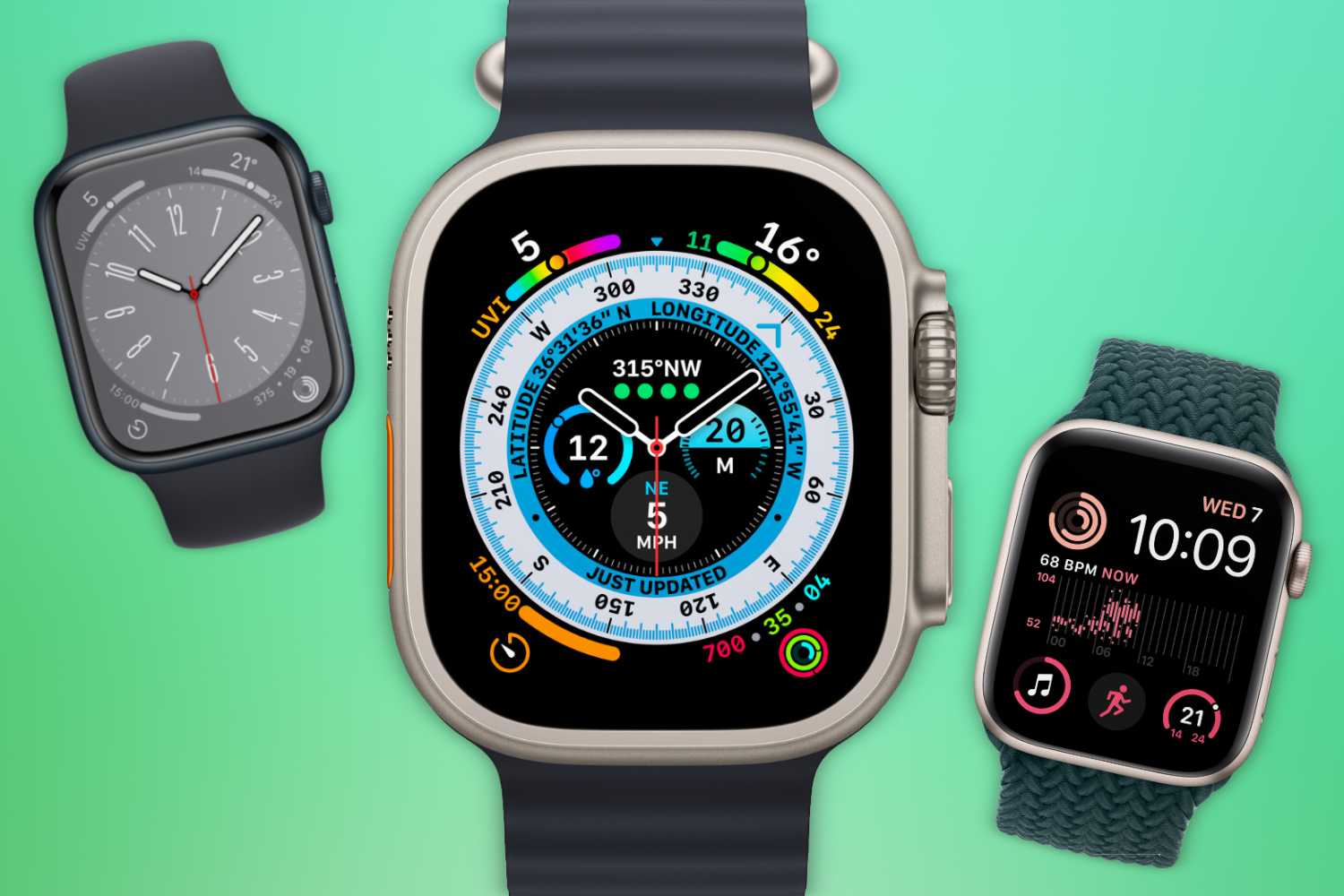Printed Circuit Boards (PCBs) are the unsung heroes of modern electronics, providing the foundation for countless devices. While rigid PCBs have long been the industry standard, flexible PCBs (flex PCBs) offer a compelling alternative, especially for applications demanding adaptability and miniaturization. A rigid PCB is constructed from a stiff, unyielding substrate like fiberglass epoxy (FR-4), offering mechanical stability. In contrast, a flexible PCB utilizes a pliable base material, such as polyimide or polyester, allowing it to bend, twist, and conform to complex shapes. This fundamental difference in material properties dictates their respective applications and advantages.
Flex PCBs offer a wealth of benefits that rigid PCBs simply cannot match. Their inherent flexibility allows them to fit into tight spaces and conform to irregular shapes, enabling smaller and lighter electronic devices. This is particularly crucial for applications like wearables and portable electronics where space is at a premium. Flex PCBs can also withstand dynamic bending, making them suitable for applications involving movement, such as robotic arms or foldable devices. Furthermore, they can improve signal integrity by reducing the need for connectors and wiring harnesses, minimizing potential points of failure and improving overall reliability. The ability to create complex 3D circuits by folding and shaping flex PCBs further enhances their appeal for intricate designs.
However, flex PCBs also present certain challenges. Manufacturing them can be more complex and expensive compared to rigid PCBs, requiring specialized equipment and processes. The flexible materials used in their construction may also be less robust than rigid substrates, making them more susceptible to damage from tearing or abrasion. Design rules for flex PCBs can be more stringent, requiring careful consideration of bend radii and stress points. For applications requiring both flexibility and rigidity, a hybrid approach called flex-rigid PCBs can be employed. These boards combine flexible and rigid sections into a single integrated structure, offering the best of both worlds. Another option, though less common, is a rigidized flex PCB, where flexible sections are made rigid after assembly through the addition of stiffeners.
Flex-rigid PCBs, in particular, have carved out a niche in demanding applications due to their unique combination of flexibility and structural support. Here are five top real-world applications:
- Smartphones and Wearables: The compact and often curved designs of smartphones and wearables rely heavily on flex-rigid PCBs. They connect displays, cameras, and other components, maximizing space utilization and enabling complex functionalities within a small form factor.
- Medical Devices: Implantable medical devices, such as pacemakers and cochlear implants, utilize flex-rigid PCBs to conform to the body’s contours and ensure biocompatibility. Their flexibility is also crucial for devices that need to bend or flex during use.
- Automotive Electronics: Modern vehicles are packed with electronics, from infotainment systems to advanced driver-assistance systems (ADAS). Flex-rigid PCBs are used in dashboards, lighting systems, and sensors, accommodating the complex shapes and vibrations encountered in automotive environments.
- Aerospace Applications: The stringent requirements of aerospace applications demand high reliability and performance. Flex-rigid PCBs find use in avionics, communication systems, and satellite technology, where their flexibility and lightweight nature are critical.
- Industrial Equipment: Robotics, industrial automation, and other industrial applications often involve moving parts and harsh environments.
Flex-rigid PCBs are used in these settings to connect sensors, actuators, and control systems, providing the necessary flexibility and durability.











